We may earn money or products from the companies mentioned in this post. This means if you click on the link and purchase the item, I will receive a small commission at no extra cost to you ... you're just helping re-supply our family's travel fund.

Have you ever felt drawn to places marked by profound tragedy, historical conflict, or the poignant remnants of human suffering? This curiosity defines “dark tourism,” where you visit sites intrinsically linked to death, disaster, or the macabre. These journeys offer more than just sightseeing; they provide a powerful opportunity to confront challenging histories, understand their lasting impacts, and foster a deeper empathy for humanity’s past. Prepare to explore twelve such destinations around the globe that continue to draw millions, each telling a compelling, often haunting, story.
1. Pompeii, Italy
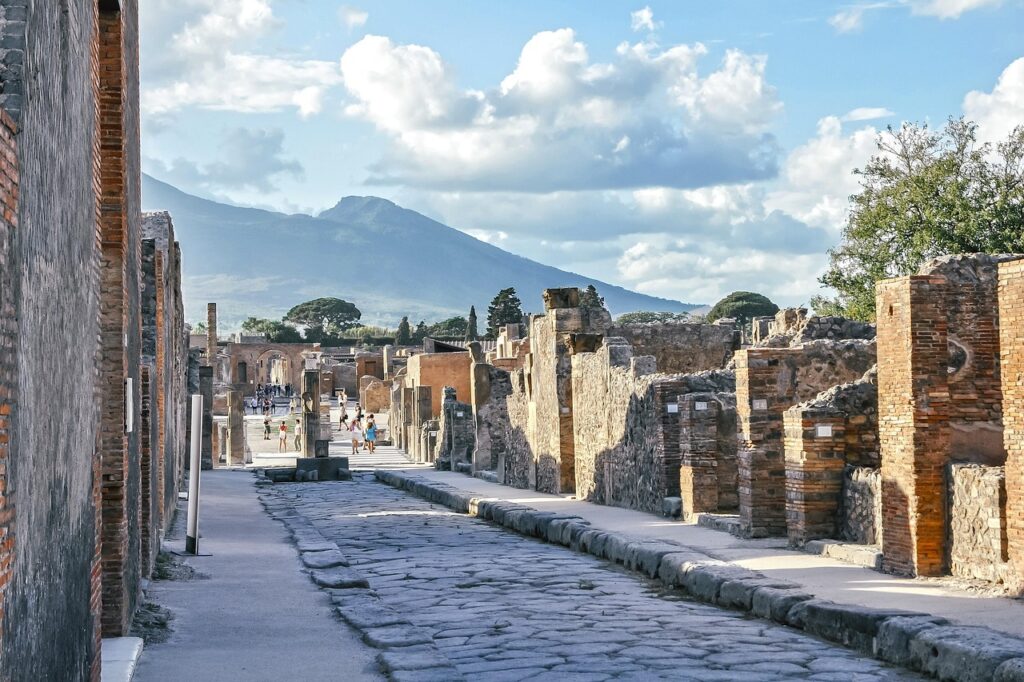
Pompeii, an ancient Roman city near Naples, offers a haunting glimpse into daily life abruptly halted. In AD 79, Mount Vesuvius erupted, burying the city under volcanic ash, preserving its ruins for centuries. You can explore excavated homes, streets, and artifacts. The casts of residents, frozen in their final moments, provide a chillingly personal look at the sudden tragedy that befell this once-thriving city, a powerful window into the past.
2. Killing Fields and Tuol Sleng Genocide Museum, Cambodia
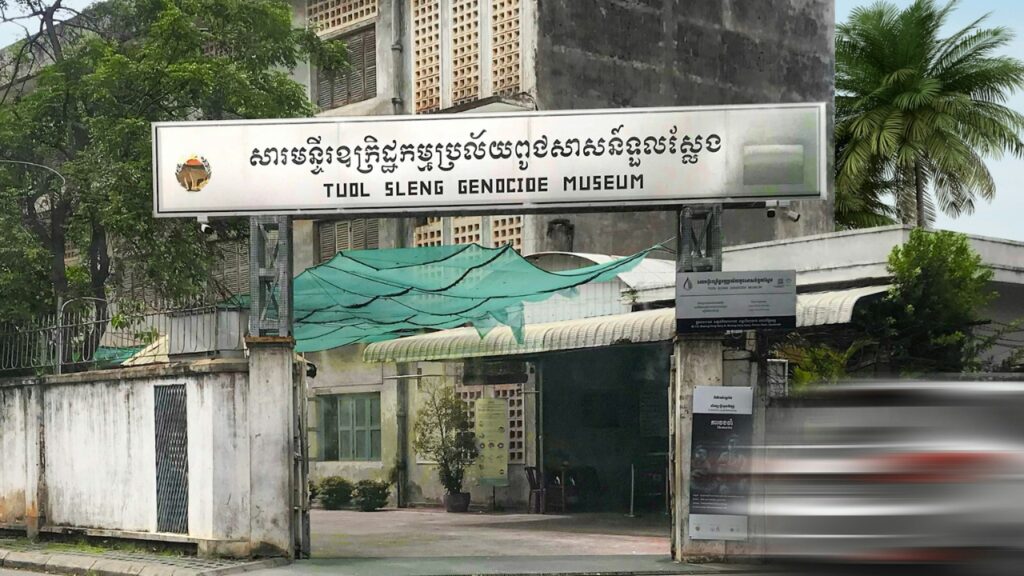
In Phnom Penh, Cambodia, the Killing Fields of Choeung Ek and the Tuol Sleng Genocide Museum memorialize the horrific Khmer Rouge regime. At Choeung Ek, you witness mass graves and a stupa filled with skulls. The Tuol Sleng Museum, once a school turned torture center, displays grim evidence of atrocities, including victim photos. These sites offer a chilling, tangible experience of political violence’s devastating consequences.
3. Murambi Genocide Memorial Centre, Rwanda
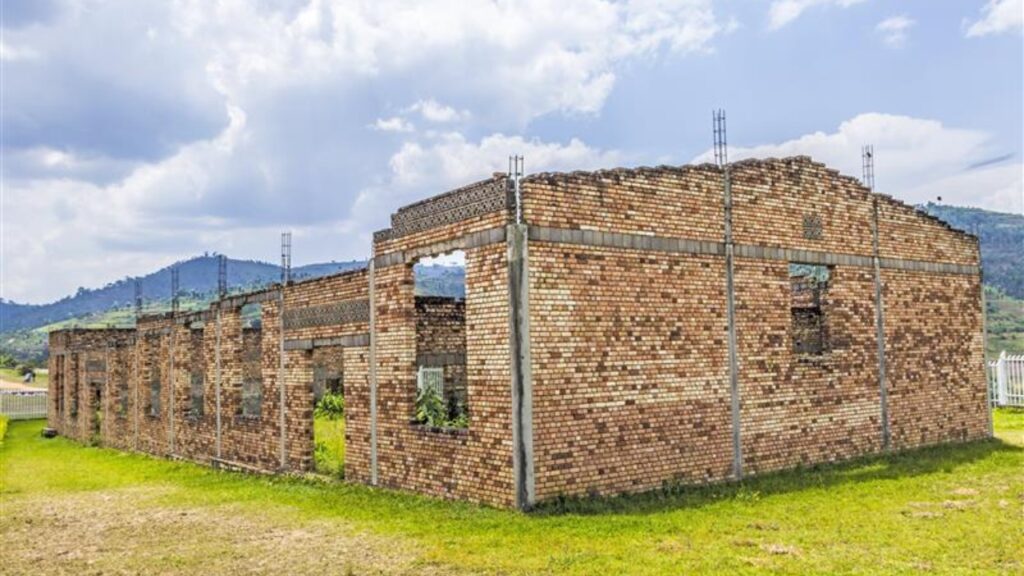
Murambi serves as one of the most harrowing sites of the 1994 Rwandan Genocide. Located at a former technical school, the Murambi Memorial Centre displays the preserved remains of thousands brutally killed here. Visitors can also explore mass graves and exhibits detailing the genocide’s profound impact. This profoundly sobering site serves as a stark, visceral reminder of the immense violence and tragic loss that occurred.
4. Hiroshima Peace Memorial Park, Japan
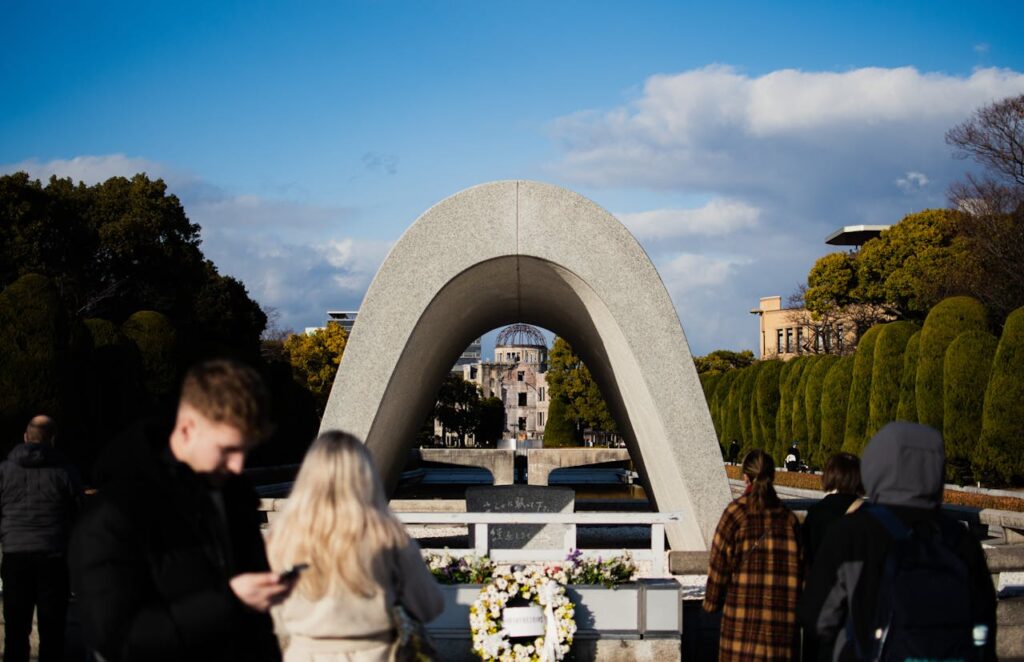
Hiroshima stands as a poignant testament to nuclear warfare, after being targeted by the first atomic bomb in 1945. The Hiroshima Peace Memorial Park now serves as a powerful tribute to victims and a global symbol of peace. You can visit the iconic Atomic Bomb Dome, left in its ruined state, and explore the Hiroshima Peace Memorial Museum, detailing the bombing’s immense destruction. This site offers solemn reflection on humanity’s capacity for both destruction and resilience.
5. Catacombs of Paris, France
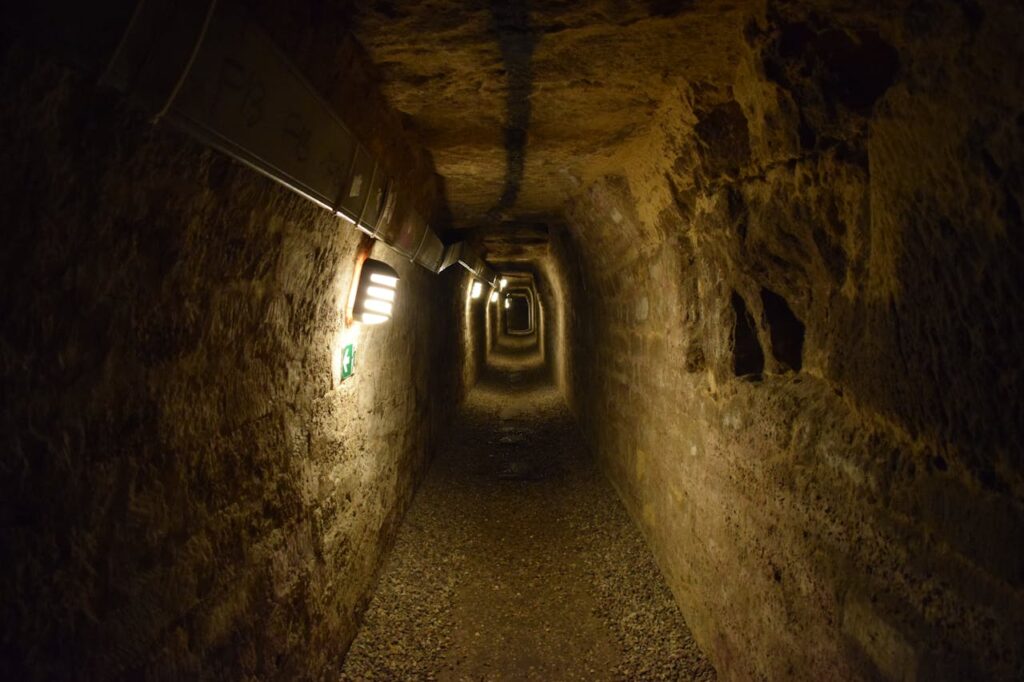
Beneath the bustling streets of Paris lies a vast, eerie network of underground tunnels: the Catacombs of Paris. Created in the late 18th century to alleviate overflowing cemeteries, these passages hold the remains of over six million people. As you walk through, you’ll see bones and skulls meticulously arranged along the walls. The Catacombs offer a haunting, unique look into the city’s past, creating an atmosphere both unsettling and profoundly historical.
6. Alcatraz Island, California, USA
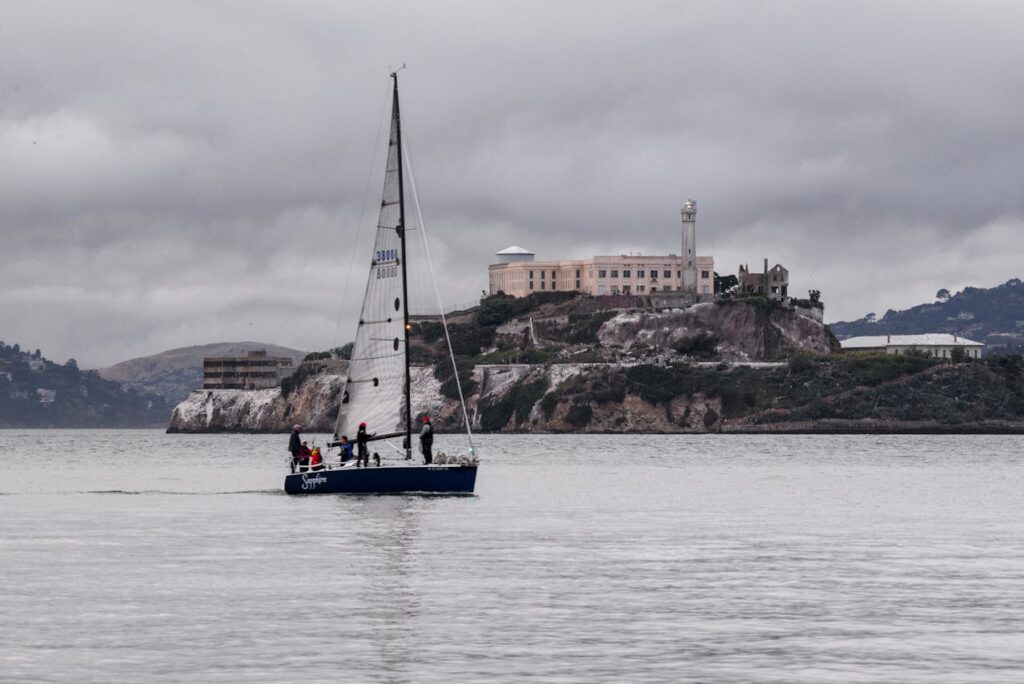
Alcatraz Island, in San Francisco Bay, is infamous for its former federal prison, housing notorious criminals from 1934 to 1963. The stark cells and solitary confinement areas are primary attractions. Guided audio tours recount inmates’ lives, audacious escape attempts, and harsh daily conditions on “The Rock.” The island’s isolation and grim tales contribute significantly to its eerie and captivating reputation, making it a compelling, albeit unsettling, historical visit.
7. Cape Coast Castle, Ghana
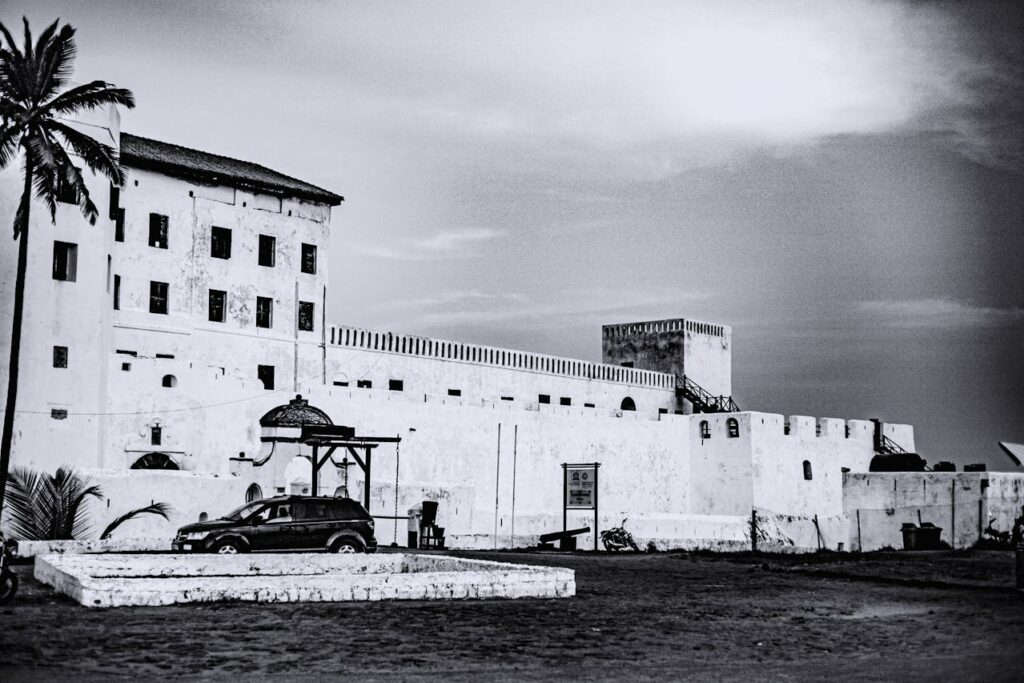
Cape Coast Castle stands as a profoundly sobering monument to the transatlantic slave trade. This formidable fortress served as a major holding center for enslaved Africans before their forced, inhumane shipment to the Americas. Visitors can tour the chilling dungeons where people were kept in cruel conditions. Exhibits detail the slave trade’s brutal history and its lasting impact on African societies, making it a deeply moving and haunting place to confront a dark chapter.
8. Pripyat and Chernobyl Exclusion Zone, Ukraine
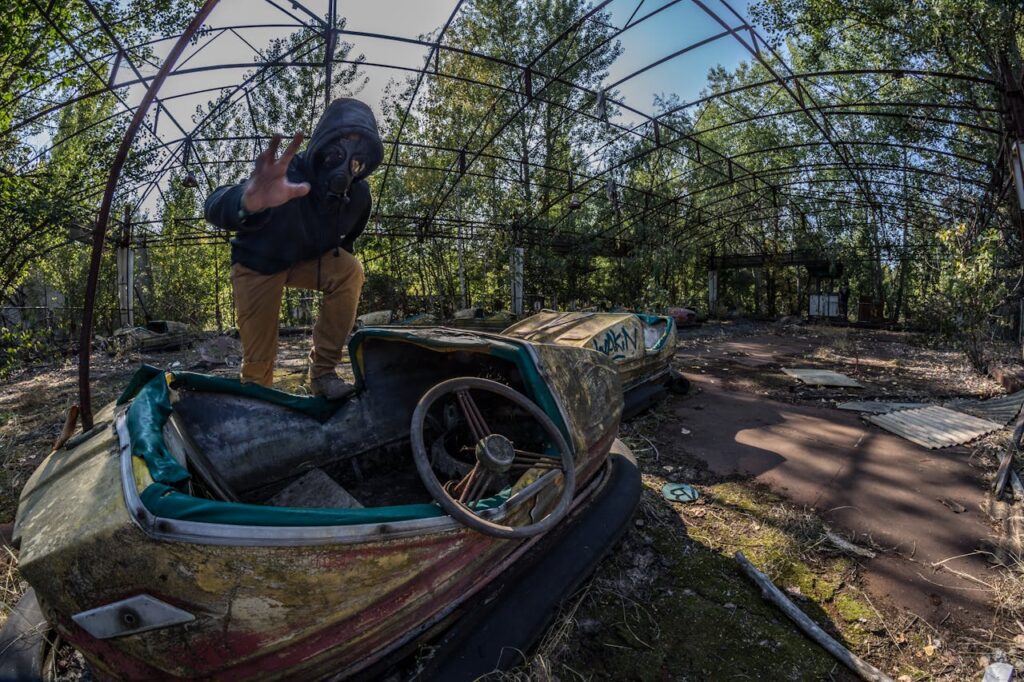
Pripyat is an abandoned city near the Chernobyl Nuclear Power Plant, frozen in time after the catastrophic nuclear disaster in 1986. The city was hastily evacuated, leaving behind homes and schools eerily preserved but decaying. Visitors can explore these desolate remains, witnessing a haunting sense of post-apocalyptic desolation. Tours of the broader Chernobyl Exclusion Zone offer deeper insights into the power plant and the disaster’s profound environmental impact.
9. Auschwitz-Birkenau Memorial and Museum, Poland
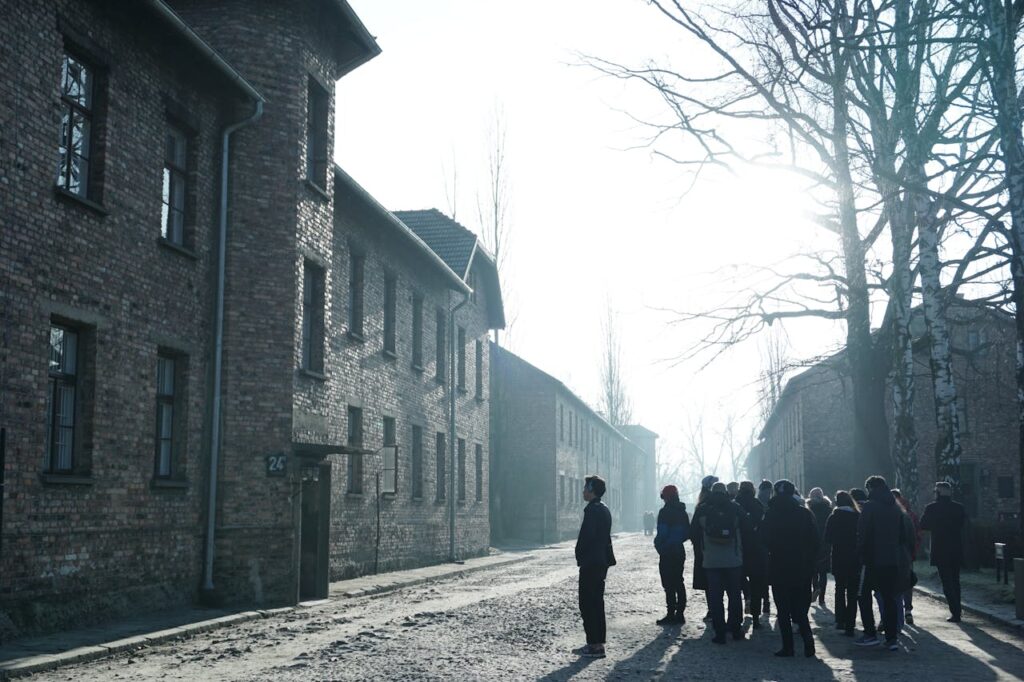
Auschwitz-Birkenau, in southern Poland, stands as the largest and most infamous of the Nazi concentration and extermination camps during World War II. Millions perished here in the Holocaust. Today, the memorial and museum preserve the camp’s original structures, including barracks and gas chambers. A visit is a profoundly sobering experience, confronting you with the immense scale of human atrocity, serving as a vital reminder of hatred’s devastating consequences.
10. 9/11 Memorial and Museum, New York City, USA
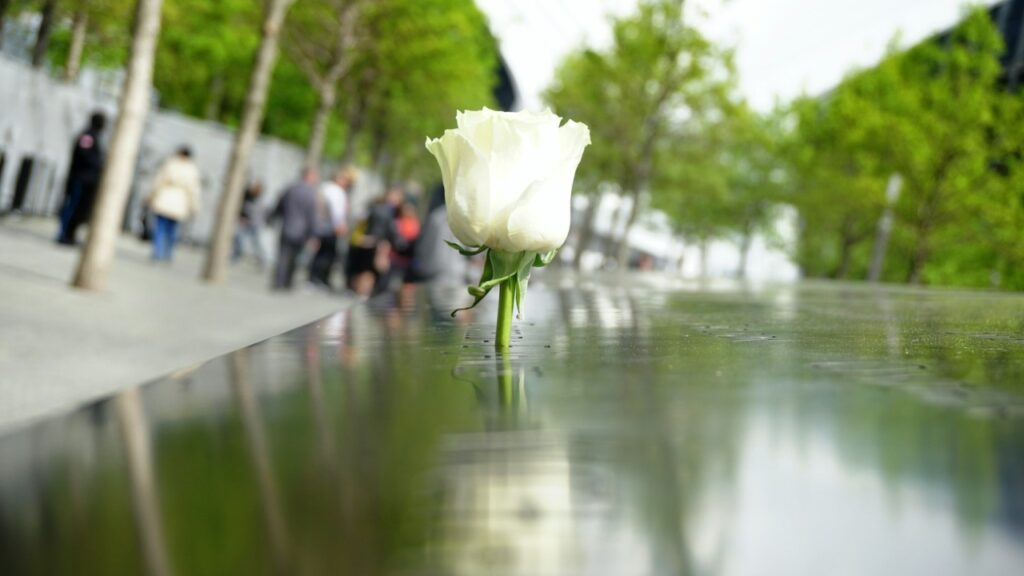
The 9/11 Memorial and Museum in New York City stands as a powerful tribute to the nearly 3,000 victims of the September 11, 2001, terrorist attacks. The memorial features twin reflecting pools marking the footprints of the original Twin Towers. The museum offers a deeply moving experience through artifacts, personal stories, and multimedia exhibits that chronicle the events, impact, and aftermath of that tragic day. It provides a solemn space for remembrance.
11. The Somme Battlefields, France
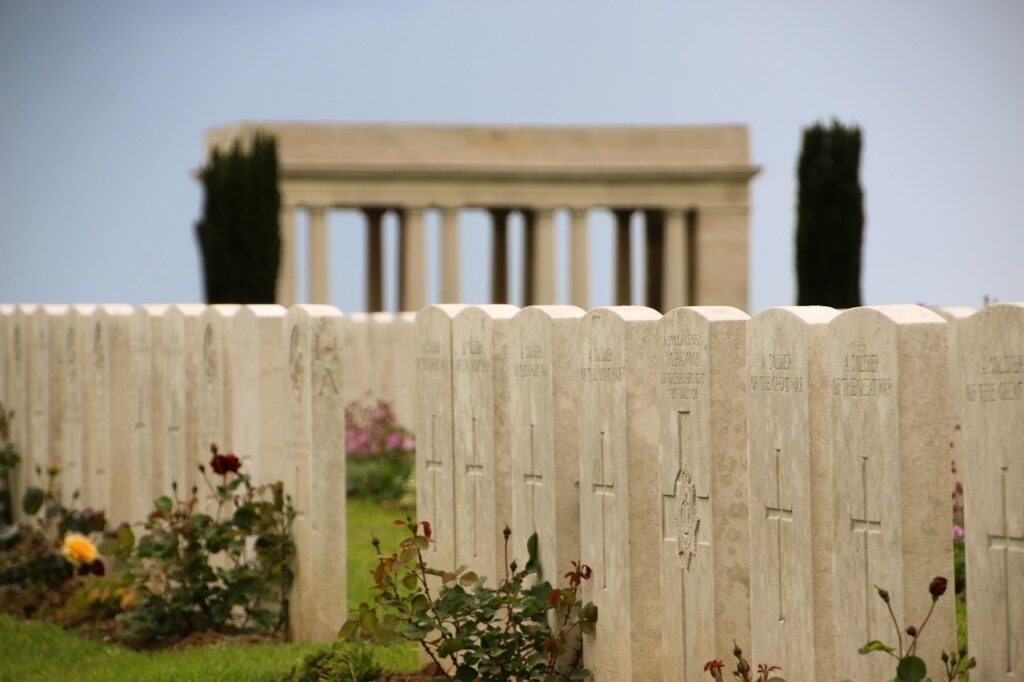
The Somme Battlefields in northern France are a vast landscape scarred by some of the most brutal and deadly conflicts of World War I. Sites like the Thiepval Memorial to the Missing and preserved trenches offer a tangible connection to the immense human cost of trench warfare. You can walk through solemn cemeteries and visit poignant museums where over one million men were wounded or killed. It’s a powerful, sobering testament to the scale of modern conflict.
12. Robben Island, South Africa
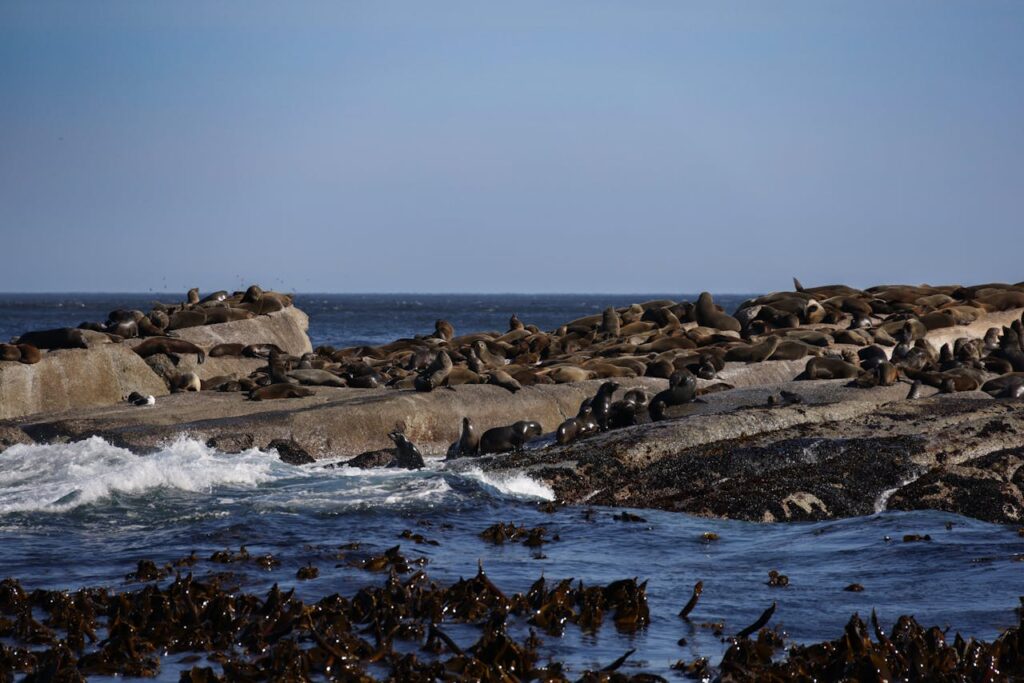
Robben Island, off the coast of Cape Town, served for centuries as a place of banishment and imprisonment, most notably during South Africa’s apartheid era. Its most famous prisoner was Nelson Mandela, who spent 18 years here. Today, former political prisoners often lead tours, providing powerful, first-hand accounts of harsh conditions and the struggle for freedom. This UNESCO World Heritage Site offers a profound journey into the history of oppression and the triumph of the human spirit.